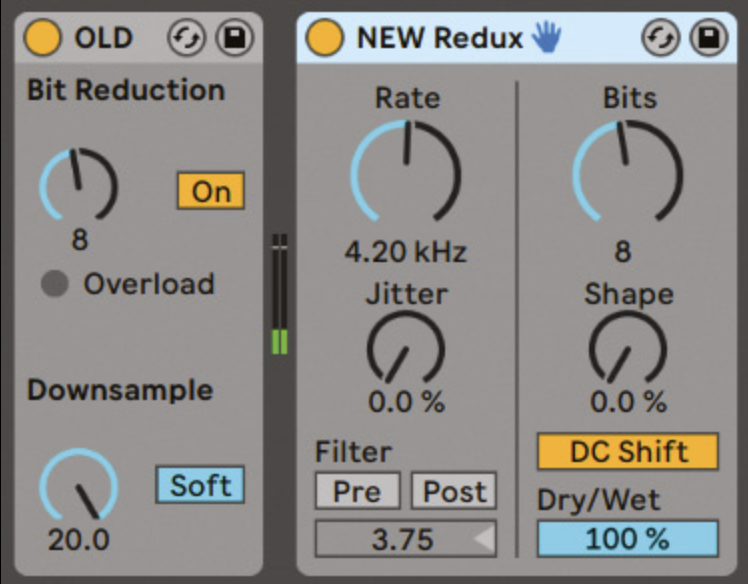Demystifying Ableton's Redux Effect: A Comprehensive Tutorial
Introduction
In the realm of music production, effects play a pivotal role in shaping and transforming sounds. One such effect that holds immense creative potential is Ableton Live’s Redux. This digital audio effect, often underestimated due to its straightforward appearance, is a powerhouse when it comes to adding character, grit, and sonic depth to your tracks. In this comprehensive tutorial, we’ll delve into the depths of Ableton’s Redux effect, uncovering its functionalities, creative applications, and tips for maximizing its potential.
Understanding Redux
What is Redux?
Redux is a bit-reduction and sample-rate reduction effect. At its core, it manipulates audio by altering its bit depth and sample rate. Bit depth refers to the amount of information in each sample, while sample rate defines the number of samples per second in audio. By reducing these parameters, Redux introduces artifacts, adding a distinctive lo-fi or gritty character to the sound.
Interface Overview
The Redux interface in Ableton Live might seem minimalistic, but it houses several essential parameters:
Bits: Controls the bit depth reduction, ranging from 4 to 24 bits.
Downsample: Adjusts the sample rate reduction, ranging from 1x to 64x.
Type: Offers various algorithms for processing, such as Soft, Medium, Hard, Clip, and others.
Dither: Adds dithering noise to improve audio quality post-reduction, essential especially at lower bit depths.
Practical Applications of Redux
Lo-fi Texture Creation
Redux is a go-to tool for crafting lo-fi textures. By significantly reducing the bit depth and sample rate, it can emulate the nostalgic, vintage sound reminiscent of old hardware or tape recordings. Experimenting with different combinations of bit and sample rate reduction can yield warm, degraded tones perfect for lo-fi hip-hop, ambient, or experimental music.
Adding Character and Grit
Want to inject character and grit into a clean sound? Redux excels in this domain. A touch of Redux can turn sterile, pristine sounds into edgy, aggressive textures. It's fantastic for transforming synths, drums, or vocals, giving them a raw and distinctive quality that cuts through a mix.
Creative Sound Design
Beyond its traditional applications, Redux is a goldmine for sound design. By modulating its parameters over time, automating bit and sample rate reduction, or applying Redux within Ableton's audio effect racks, you can create evolving textures, glitchy effects, and captivating sonic landscapes.
Tips and Techniques
Gradual Parameter Modulation
Instead of setting static values for Bits and Downsample, try automating these parameters gradually over time. This dynamic manipulation can yield evolving textures and intriguing sonic movements.
Combine with Other Effects
Experiment with chaining Redux with other Ableton effects like Reverb, Delay, or EQ to further sculpt and mold the sound. Placing Redux before or after these effects can yield vastly different results.
Embrace Randomness
Don’t shy away from randomness! Try modulating Redux parameters randomly using Ableton’s modulation tools or third-party Max for Live devices. This unpredictability often leads to unexpected yet inspiring results.
Conclusion
In conclusion, Ableton’s Redux effect is far more than meets the eye. Its seemingly simple interface belies its immense potential for shaping and transforming audio. Whether you aim to create lo-fi vibes, add grit and character, or dive into experimental sound design, Redux stands as a versatile tool in your music production arsenal.
Experimentation is key. Don’t hesitate to push the boundaries, explore unconventional techniques, and unleash the full creative potential of Redux in your musical endeavors. With its ability to breathe life and character into sounds, Redux remains an indispensable asset for producers across various genres, ready to amplify your sonic palette in unprecedented ways.




